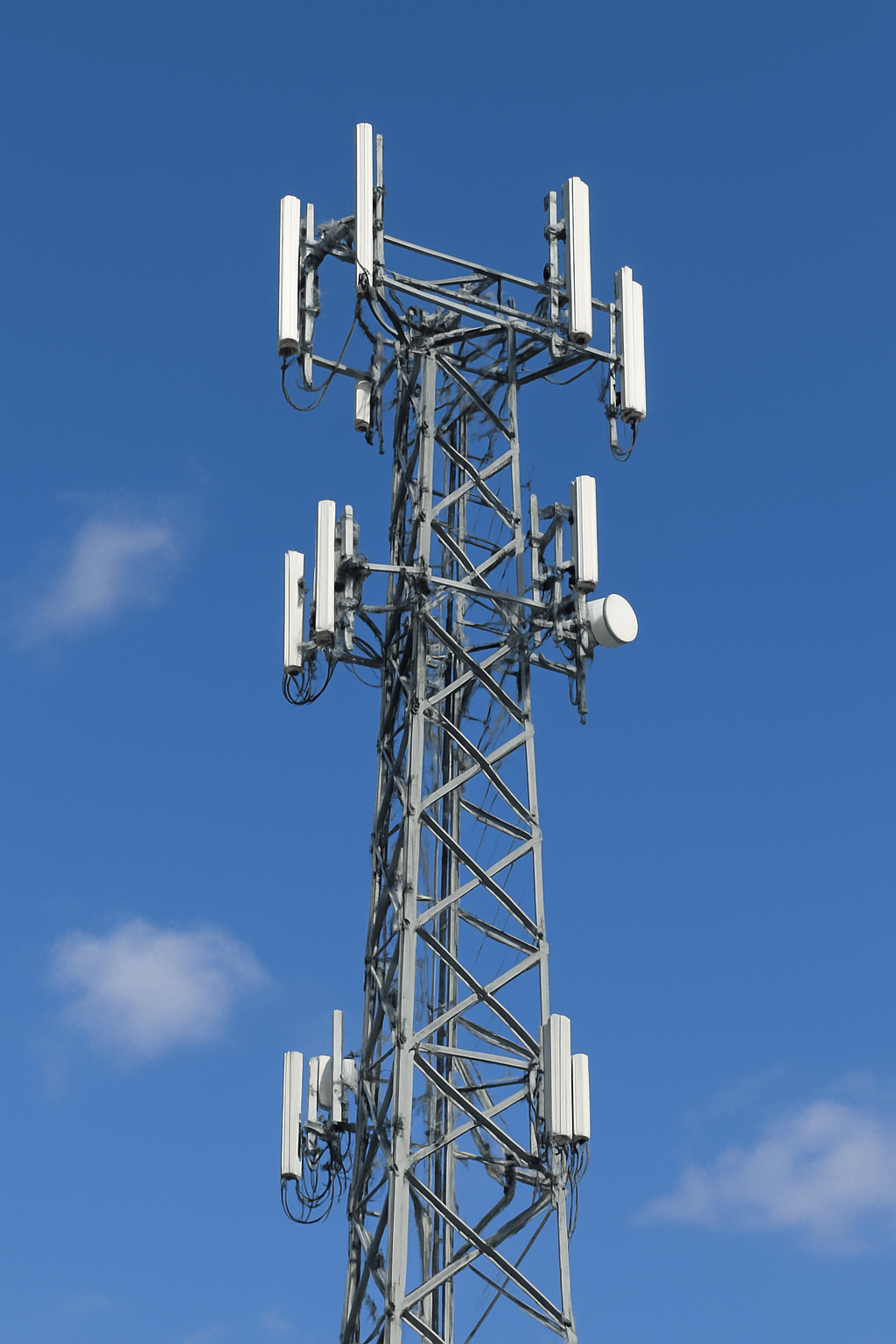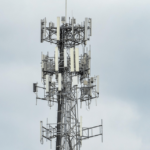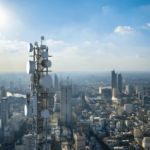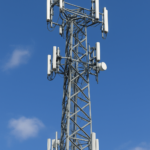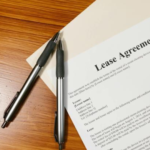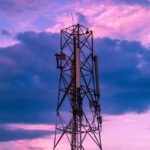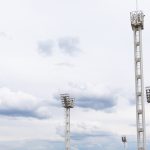Key Takeaways
- Option leases initiate the process and hold site rights while permitting is underway.
- Towers outside city limits can be constructed in less than 60 days post-lease.
- Zoning/permitting can extend timelines to months or years, especially in regulated zones.
- Coastal areas often require the longest approval periods—up to three years.
- Using a telecom attorney pays off—standard real estate lawyers may miss lease traps like ROFR and other restrictive legal language.
- Practical site selection and early legal engagement = faster build, higher return.
- JP Tower Consulting offers local continuity, legal connections, and strategy to move your deal forward.
Understanding the Cell Tower Construction Timeline
If you’ve ever wondered how long it takes to construct a cell tower, you’re not alone. From lease agreements to zoning, permitting, and construction, the process involves many stages—each with its own timeline. Depending on location and complexity, some towers are up and running in a matter of months, while others can take years.
This blog provides an easy-to-understand overview of the cell tower construction timeline in the United States—helping you understand what to expect, what might delay the process, and where expert help can make a real difference.
1. Tower Company Receives Search Ring From Carrier
When a carrier notices a gap in its coverage, they mark out what’s called a search ring—an area where a new tower should go to improve service. The carrier then works with a tower company to handle the project. From there, the tower company brings in a site acquisition specialist, whose job is to reach out to local property owners. They usually start with those closest to the center of the search ring, since that location gives the best chance of filling the coverage gap.
2. Securing the Lease: The Starting Point of Every Cell Tower Project
The process usually begins when a cell tower company signs an option lease with a property owner. This gives them the right to build while they sort out all the regulatory steps. The land is the foundation—literally and legally—of the project.
Why this matters:
- Establishes site control, key for securing financing or proceeding to permitting
- Lets property owners “hold space” while due diligence—like zoning reviews—is carried out
Contact JP Tower Consulting today to evaluate your cell tower option lease swiftly and securely.
3. Zoning & Permitting:The Waiting Game (3–18+ months)
Once the lease is inked, the property is inspected for applicable regulations. If the site is outside city limits, where permitting may not apply, towers can go from lease to live in less than 60 days.
If zoning and permitting are involved—especially in coastal or highly regulated areas—it can balloon to months or even years, with some processes taking up to three years.
Regional Differences in Timelines
Not all areas in the U.S. are created equal when it comes to tower approvals:
- Coastal regions (East & West Coasts): These tend to have tougher zoning regulations and stricter community resistance. Projects in these areas often face extended delays.
- Midwest & Southern states: In many cases, approvals are faster, and towers can move from planning to completion in less than a year.
I’ve personally seen projects in coastal states drag out for three years, while a recent tower deal I worked on in Texas moved through in less than a month as there was no zoning.
4. Construction Timeline: From Groundbreaking to Going Live
When Permitting Is Clear: Less than 60 Days
If regulatory hurdles are minimal, construction—from laying the foundation to installing antennas and equipment—can be completed in less than 3 months.
When Permitting Is Complex: Several Months to Years
If zoning boards, community concerns, or environmental assessments require input, the timeline becomes a long-haul project.
Real-World Insight: Personal Experience from JP Tower Consulting
One of our recent deals in Texas provides a real-life case study. In this project, the tower was constructed a day after signing of the lease since zoning was outside of city limits —but again, plans in other areas have dragged on for up to three years.
Want help navigating zoning delays like this? Book a consultation with our telecom team today.

Why You Need a Telecom Consultant
Telecom lease agreements and tower projects are complex, often favoring carriers over property owners. A telecom consultant helps you secure fair market rents, better terms, and protects your property rights.
Key benefits of working with a consultant:
- Get expert negotiation for higher rent and stronger lease terms.
- Telecom consultants like JP Tower Consulting provide outside counsel expertise to review contracts and protect your interests.
- Maximize long-term revenue while safeguarding your property.
Don’t risk your property’s long-term value. Let us connect you with a qualified telecom attorney today.
Why These Timelines Matter for Property Owners & Communities
Financial Impacts
- Fast permits = earlier rental income
- Delays = potential loss of competitiveness with other sites
Community & Environmental Considerations
- Tower design and placement can impact visual quality and habitat
- Robust environmental reviews, though lengthier, reduce long-term liability
Strategic Advantage
- Being outside city limits? You’re likely looking at a faster, smoother process
In-town or coastal? Expect extended timelines and more public input
Timeline At-A-Glance
| Scenario | From Lease to Live | Notes |
| Outside city limits; no permitting | < 60 days | Fastest route, minimal regulatory friction |
| Ordinary zoning/permitting | A few months | Depends on local board and approval pace |
| Coastal or strict regulation area | Up to 3 years | Extensive reviews—environmental, visual, public input |
Expert Tips to Accelerate the Process
- Opt for sites outside strict jurisdictions when possible
- Hire a telecom attorney early to flag lease pitfalls (like ROFR)
- Prepare thorough environmental/community documentation for efficient reviews
- Maintain open communication with local officials to anticipate issues
- Consider modular construction or pre-fabricated towers to cut build time
Factors That Influence Timelines
Several factors affect how quickly you can construct a cell tower:
- Regulatory reviews — zoning and environmental processes are the slowest part.
- Tower type — small cells go faster; macro towers take longer. Stealth could take the longest
- Location — remote or environmentally sensitive areas add months.
- Utilities & backhaul — delays in fiber or power connections slow activation.
- Weather — heavy snow, storms, or high winds often push back schedules.
Conclusion
While the physical build of a tower may take only days, the full process to Construct a cell tower involves months of planning, permitting, and final activation steps. By understanding the big picture—and working with the right experts—you can avoid unnecessary delays and keep your project moving on schedule.
FAQs
1. How long does it usually take to construct a cell tower in the U.S.?
Most projects take 3–9 months, depending on permitting, site conditions, and activation needs.
2. Why is permitting the slowest part?
Because it involves zoning, environmental studies, community feedback, and FCC/FAA approvals.
3. How quickly can the physical tower be built?
Once approvals are ready, the structure is often built in 1–2 months. This could depend if there are additional construction costs (road).
4. What causes activation delays?
Delays usually come from backhaul setup, fiber connection, and equipment testing.
5. How many new towers are being built in the U.S.?
In 2024, 1,891 towers were built, with nearly 2,000 projected for 2025 (source).
6. How costs associated with Tower Construction
Alongside time, cost is another crucial factor. The cell tower construction cost in the U.S. averages between $250,000 and $1 million, depending on tower height, land, and equipment
7. Why Does the Process Take So Long?
The main reason is permitting. Local governments carefully review zoning applications, community impact, and environmental assessments. Regulatory delays are the biggest reason why timelines stretch beyond two years.
